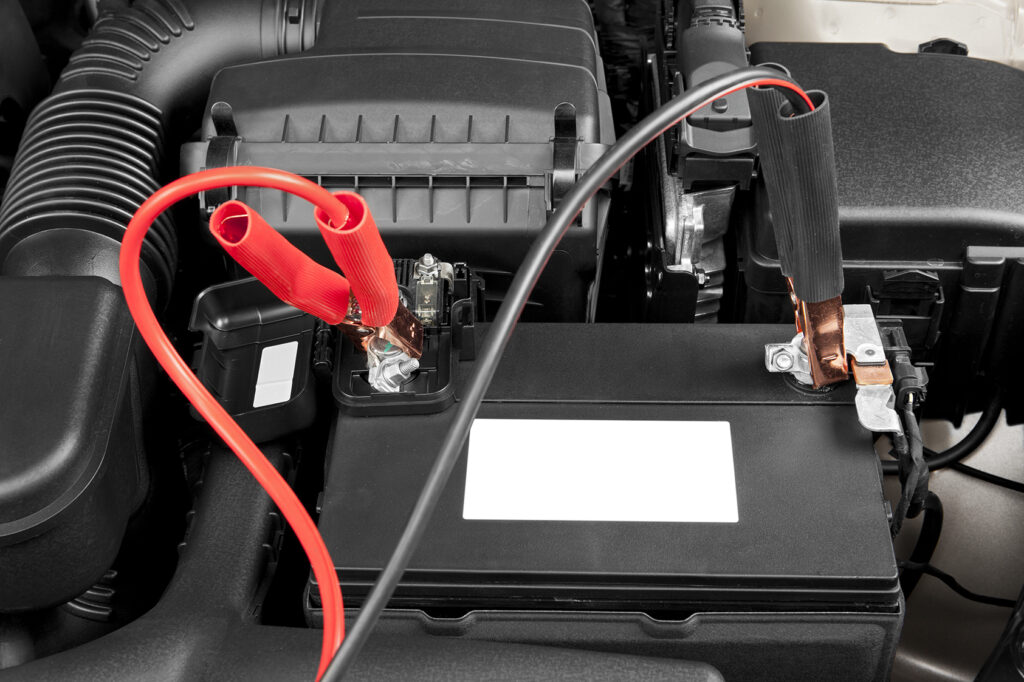Jump Starting
Jump Starting Services
Jump-starting services are roadside assistance solutions provided to help drivers whose vehicles have dead or weak batteries. These services are essential for getting cars back on the road quickly without the need for a tow to a repair shop. Professional jump-start services are offered by roadside assistance companies, towing services, and some automotive service providers. They ensure a safe, fast, and efficient process, preventing potential damage to your vehicle’s electrical system that can occur with improper jump-starts. Here’s a comprehensive guide on jump-start services, including how they work, benefits, when to call for help, and tips for safe jump-starting.

What Are Jump-Starting Services?
Jump-starting services are roadside assistance solutions designed to get your car running when the battery is dead or too weak to start the engine. This process involves using a charged power source, such as a portable jump starter or another vehicle, to temporarily supply the necessary electrical current to the dead battery, enabling the car to start.
Common Reasons for a Dead Battery
- Leaving Lights or Accessories On: Interior lights, headlights, or other electronics left on overnight can drain the battery.
- Extreme Temperatures: Both hot and cold weather can affect battery performance, leading to unexpected failures.
- Old or Faulty Battery: Batteries naturally degrade over time, losing their ability to hold a charge effectively.
- Electrical Issues: Problems like faulty alternators or parasitic drains (where a component continues to draw power when it shouldn’t) can deplete a battery.
- Infrequent Driving: If a car sits unused for extended periods, the battery can lose charge, especially if the vehicle is not started regularly.
- Corroded or Loose Battery Terminals: Poor connections can prevent the battery from charging or delivering power properly.
How Jump-Starting Services Work
a. Request Assistance
When you need a jump-start, contact a roadside assistance provider, towing company, or automotive service that offers jump-start services. Many companies can be reached 24/7 and offer emergency assistance.
b. Provide Your Location and Vehicle Information
Give the service provider your exact location and details about your vehicle, such as the make, model, and any known issues. This information helps them prepare and ensures they bring the right equipment.
c. Dispatch of a Technician
A technician or service provider will be dispatched to your location. Arrival times vary but are usually within 30-60 minutes, depending on traffic and location.
d. Jump-Start the Vehicle
Upon arrival, the technician will connect a portable jump starter or jumper cables from another vehicle to your car’s battery. They will follow a safe process to ensure the proper connection of cables to avoid sparks or damage to the vehicle’s electronics.
e. Test the Battery and Electrical System
After jump-starting, the technician may test your battery and charging system to assess the battery’s health. If the battery is in poor condition, they might recommend a replacement or further inspection by a professional mechanic.
f. Vehicle Starts and You’re on Your Way
Once your car starts, the technician will disconnect the cables and ensure your vehicle is running smoothly. You’ll be advised to keep the engine running for at least 20-30 minutes or drive around to allow the alternator to recharge the battery.
Benefits of Using Professional Jump-Starting Services
- Convenience and Speed: Professional jump-start services are quick and convenient, bringing help to your exact location without needing to tow your vehicle.
- Safety: Technicians are trained to jump-start vehicles safely, minimizing the risk of sparks, electrical surges, or damage to sensitive components.
- Reliable Equipment: Professionals use high-quality jumper cables and portable jump starters, ensuring sufficient power to start your vehicle even in challenging conditions.
- Battery Assessment: Technicians can assess your battery’s health on-site, helping you understand whether the battery needs replacement or if further issues need attention.
- 24/7 Availability: Many services are available around the clock, providing assistance whenever your car battery dies, whether late at night or early in the morning.
When to Call for Jump-Starting Services
- Car Won’t Start: If turning the key results in a clicking sound, dim lights, or no sound at all, the battery is likely dead.
- Lights Left On: If headlights or interior lights were left on, the battery might be drained and unable to start the engine.
- Extreme Weather Conditions: If your car struggles to start on extremely cold or hot days, your battery might need a boost.
- After Extended Periods of Non-Use: If your car hasn’t been driven in a while, the battery might lose charge and require a jump-start.
- When You Don’t Have Jumper Cables: If you don’t have the necessary tools or another vehicle to provide a jump, calling a professional service is the safest option.
Safety Tips for Jump-Starting a Car
- Check the Battery Condition: Inspect for visible damage like cracks, leaks, or corrosion before attempting a jump-start.
- Use Quality Jumper Cables: If jump-starting yourself, use cables that are well-insulated and in good condition.
- Follow Proper Connection Order: Connect positive (red) cables to the positive terminals first, then negative (black) cables to the negative terminals, ensuring all connections are secure.
- Avoid Sparks: Never let the jumper cable clamps touch each other, as this can cause dangerous sparks.
- Keep the Car Off During Connection: Ensure both vehicles (if using another car) are turned off when connecting and disconnecting jumper cables.
- Know When to Call for Help: If you’re unsure about the process or uncomfortable with jump-starting your car, it’s best to call a professional.
Tips for Preventing a Dead Battery
- Regular Battery Maintenance: Check the battery terminals for corrosion and clean them as needed. Make sure connections are tight and secure.
- Test Your Battery Regularly: Have your battery tested periodically, especially before winter, to ensure it’s in good working condition.
- Drive Your Car Regularly: Regular driving helps keep the battery charged. If your car isn’t driven often, consider using a trickle charger.
- Turn Off All Accessories: Ensure lights, radio, and other electronics are turned off when the car is not running.
- Replace Old Batteries: Most car batteries last 3-5 years. If your battery is nearing the end of its life, consider replacing it proactively to avoid being stranded.
Environmental and Safety Considerations
- Proper Disposal of Old Batteries: If your battery needs replacement, ensure it’s disposed of properly, as car batteries contain hazardous materials like lead and acid.
- Avoid DIY Jump-Starts Without Knowledge: Improper jump-starts can cause damage to your vehicle’s electrical system and pose safety risks.
Conclusion
Jump-starting services are an essential aspect of roadside assistance, providing fast, safe, and reliable solutions for dead batteries. By using a professional service, you can ensure your vehicle is jump-started correctly, avoiding potential hazards associated with DIY methods. Regular battery maintenance and timely replacements can minimize the likelihood of needing jump-start assistance, but when the need arises, knowing how these services work can save you time and stress.
If you have more questions about jump-start services or need help finding a reliable provider, feel free to reach out!
